Golden Rule of Interior Design. The 60-30-10 rule is a widely adopted method to achieve an ideal color scheme in interior design. Here is a breakdown of this essential principle in the realm of home decor.
The Golden Rule of Interior Design encompasses several essential tips to create harmonious and visually appealing spaces. Here are key principles to consider:
1. Balance:
- Achieve equilibrium by distributing visual weight evenly.
- Balance various design elements, such as color, texture, and pattern, to create a cohesive look
2. Harmony:
- Ensure a sense of unity and cohesion throughout the design.
- Use a consistent color palette, style, or theme to tie the elements together.
3. Contrast:
- Introduce contrast to add visual interest.
- Play with light and dark tones, different textures, or a mix of modern and traditional elements.
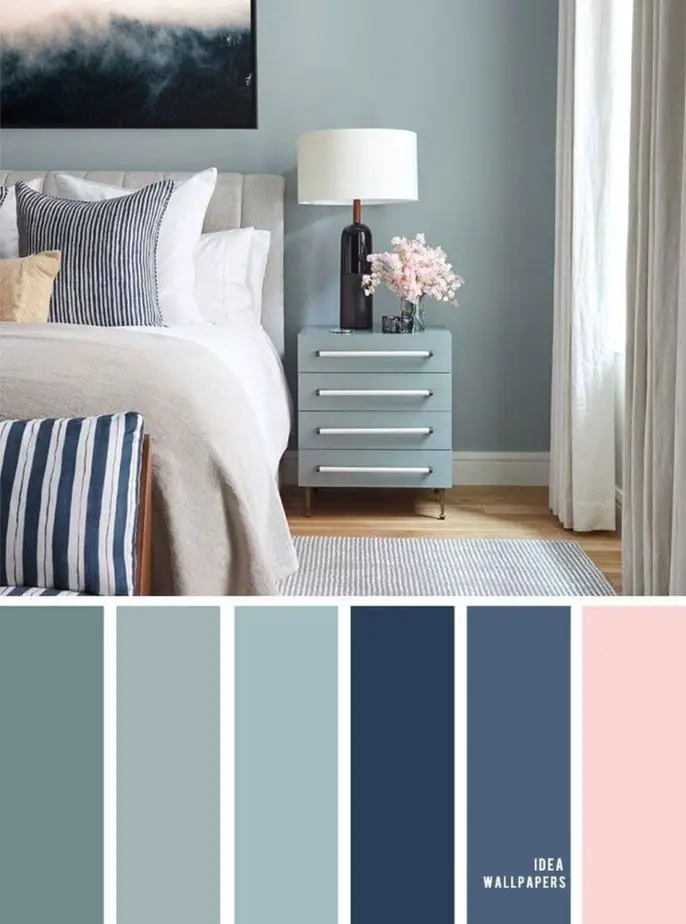
4. Rhythm:
- Establish a visual flow that guides the eye through the space.
- Repeat elements like colors, shapes, or patterns to create a rhythmic and organized look.
5. Scale and Proportion:
- Maintain a proper scale for furniture and decor elements.
- Ensure that proportions are balanced for a visually pleasing and functional space.
6. Focal Point:
- Create a focal point to draw attention and anchor the design.
- Use a statement piece, accent wall, or unique feature to capture focus.
7. Functionality:
- Prioritize functionality to meet the practical needs of the space.
- Arrange furniture and design elements to enhance usability and comfort.
8. Lighting:
- Illuminate the space effectively to enhance its ambiance.
- Combine natural and artificial lighting for a well-lit and inviting atmosphere.
9. Personal Touch:
- Infuse your personality and preferences into the design.
- Display personal items, artwork, or decor that reflects your style.
10. Simplicity:
- Embrace simplicity to avoid clutter and maintain a clean look.
- Focus on essential elements that contribute to the overall design.
What Is the 60-30-10 Rule?
According to the 60-30-10 rule, the dominant color should encompass 60% of the room, while the secondary color or texture should occupy 30%, and the accent color should make up the remaining 10% of the space.
In a living room, the dominant color is typically found on the majority of the walls, large accent pieces, and some furniture items. It serves as the backdrop of the entire room and catches the eye upon entering.
The secondary color provides support to the dominant color but should offer enough contrast to add variety. This color can be incorporated into painted furniture, bed linens, accent chairs, draperies, or even accent walls.
Accents can be represented by smaller items in the room. In a bedroom, these may include nightstands, candles, bedside lamps, and accent pillows on the bed.
In a living room, the accent color can be introduced through artwork, decorative accessories, and throw pillows.
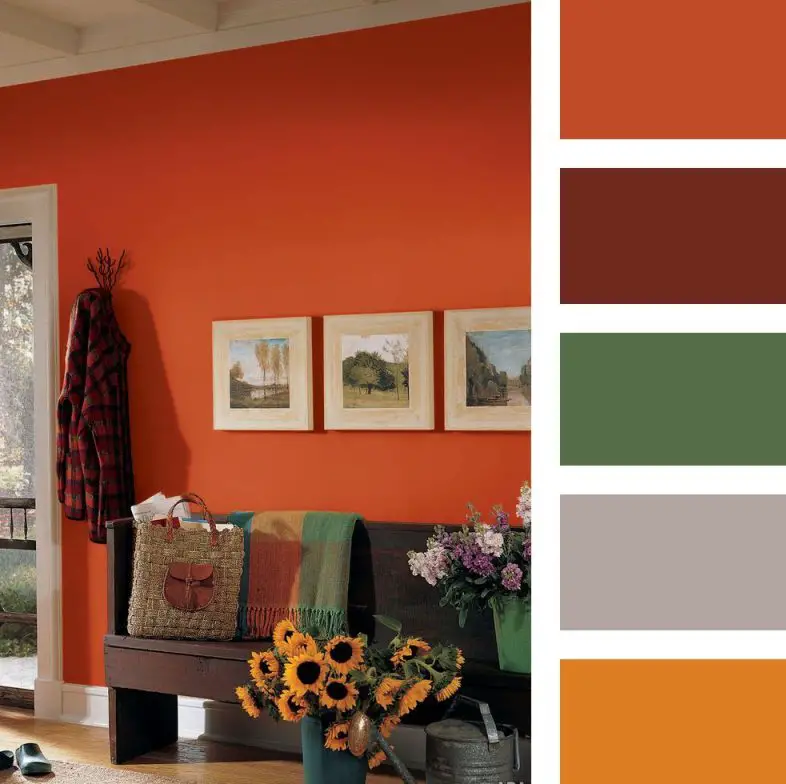
How to do Texas interior designers’ golden rule in interior design?
There are no specific steps on how to implement the golden rule, but you can use the following approach:
Assess the Space
The function of a room plays a crucial role in guiding the decoration choices. Additionally, considering the desired atmosphere or feeling you want to create in the space is important. For instance, bedrooms often benefit from a relaxing color palette that promotes calmness and tranquility, while vibrant colors can bring energy and liveliness to kitchens.
In cases where a room offers magnificent views of the ocean or any other captivating scenery, it is advisable to avoid using bright or bold colors that might compete with or distract from the view itself.
Opting for neutral colors can help create a harmonious balance, allowing the focus to remain on the captivating vista without overwhelming it. This way, the neutral color palette acts as a backdrop, enhancing the natural beauty of the surrounding view.
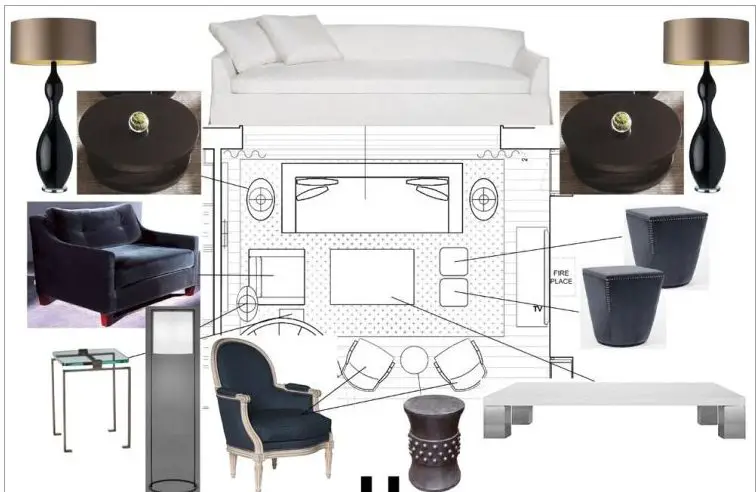
Choose Your Colors
If you already have your favorite colors, it is absolutely acceptable to use them when choosing a design. Another approach is to use a color wheel, which offers a variety of color combinations, including monochromatic, complementary, and similar schemes.
In a monochromatic light style, you choose the dominant color and add darker or lighter shades of that color for your accent and secondary colors. This style goes well with neutral colors such as gray, white, cream, and grayish. Interior designers in Texas often use monochrome color solutions for bedrooms, bathrooms, and rooms with stunning views.
An analogous color scheme involves using colors that are adjacent to each other on the color wheel. This approach creates a colorful yet harmonious and relaxing environment.
On the other hand, a complementary color scheme involves using colors that are directly opposite each other on the color wheel. By utilizing contrasting colors, a sense of balance is achieved as the colors visually complement and offset each other.
Can You Break the 60-30-10 Rule?
While the 60-30-10 rule is a helpful guideline, it is important to remember that rules can be broken, especially for those with a maximalist or Bohemian aesthetic who prefer multiple colors in a room. The rule may not be suitable for those who seek a more eclectic and vibrant design approach.
Designers who choose to deviate from the golden rule can incorporate multiple colors as secondary colors in their design scheme. This allows for a broader color palette and a more eclectic feel. Another alternative is to focus on accent patterns rather than accent colors.
Patterns such as polka dots, stripes, animal prints, and floral prints can add visual interest and personality to the space without strictly adhering to the 60-30-10 color ratio. Flexibility and creativity in color choices can lead to unique and personalized design outcomes.
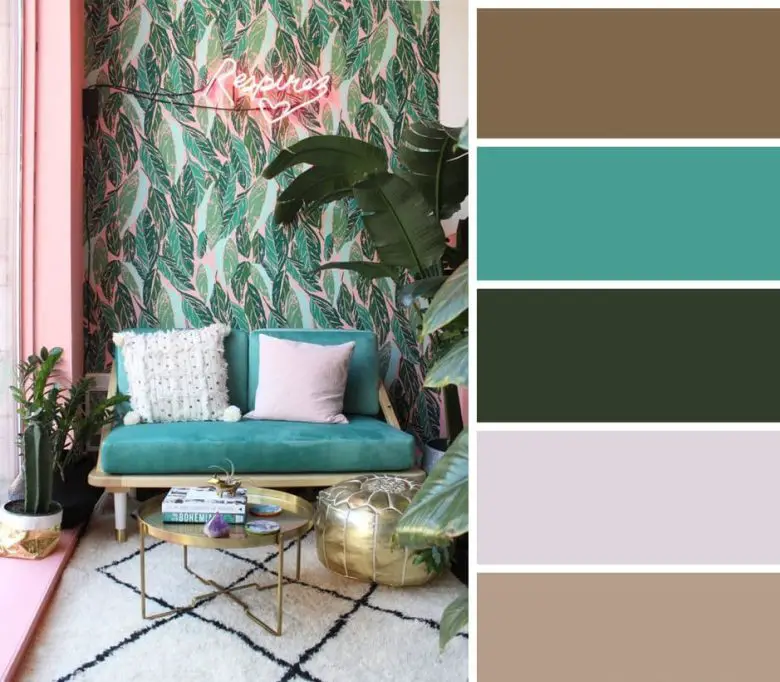
Why is it called the golden rectangle?
Throughout history, the golden ratio, approximately 1.61803398874989484820, has been recognized as a ratio that is aesthetically pleasing to the human eye. This ratio, also known as the golden mean or divine proportion, was named by the ancient Greeks. It is a mathematical concept that is often found in art, architecture, and design.
The golden ratio can be observed in various forms, such as the proportions of rectangles, the arrangement of petals in a flower, the spiral pattern of shells, and even in the proportions of the human body.
Many artists and designers have intentionally incorporated the golden ratio into their works, believing that it creates a sense of balance, harmony, and visual appeal.
While the subjective perception of beauty may vary among individuals and cultures, the golden ratio has had a lasting influence in the realm of aesthetics. It continues to be appreciated and utilized by artists, designers, and architects as a principle that contributes to visually pleasing compositions and designs.
What is the golden mean or golden section Why is it important in interior design?
The series of numbers you are referring to is known as the Fibonacci sequence, where each number is the sum of the two preceding numbers (e.g., 0, 1, 1, 2, 3, 5, 8, 13, and so on). The Fibonacci sequence is closely related to the golden ratio, as the ratio between consecutive Fibonacci numbers tends to approach the golden ratio (approximately 1.61803398874989484820).
The golden ratio and the Fibonacci sequence have been observed in various aspects of nature, including plants, animals, and even astronomical phenomena. For example, in sunflowers, the arrangement of seeds follows a spiral pattern that adheres to the golden ratio.
Similarly, the branching of trees, the arrangement of leaves on stems, and the shapes of seashells often exhibit patterns related to the Fibonacci sequence and the golden ratio.
In the realm of astronomy, the spiraling arms of galaxies, such as the famous spiral galaxy Messier 51 (also known as the Whirlpool Galaxy), can be described using mathematical principles related to the golden ratio and Fibonacci numbers.
The presence of the golden ratio and Fibonacci sequence in nature is often considered to contribute to the visual appeal and harmony found in natural forms. It is a fascinating connection that highlights the intrinsic mathematical patterns and proportions that underlie the beauty and complexity of the natural world.

How do you calculate the golden ratio?
Find the ratio of the two measurements in the following way: Ratio = (full length of the arm) / (length of the lower arm) = a/b • Compare your ratio with the Golden Ratio.
Why you should use the golden ratio in your decor?
Recent research has suggested that colors separated by a ratio of 1:1.61 on the light spectrum tend to be perceived as visually appealing when used together. This finding aligns with the concept of the golden ratio, which has been associated with aesthetic harmony and balance in various fields, including art, design, and architecture.
To assist in applying this concept practically, programs like PhiBar have been developed. These tools aim to measure and identify color combinations that adhere to the 1:1.61 ratio, thereby helping designers and artists create visually pleasing compositions.
While these programs are still in the process of gaining widespread commercial success, they represent an intriguing advancement in leveraging mathematical principles to enhance aesthetic outcomes.
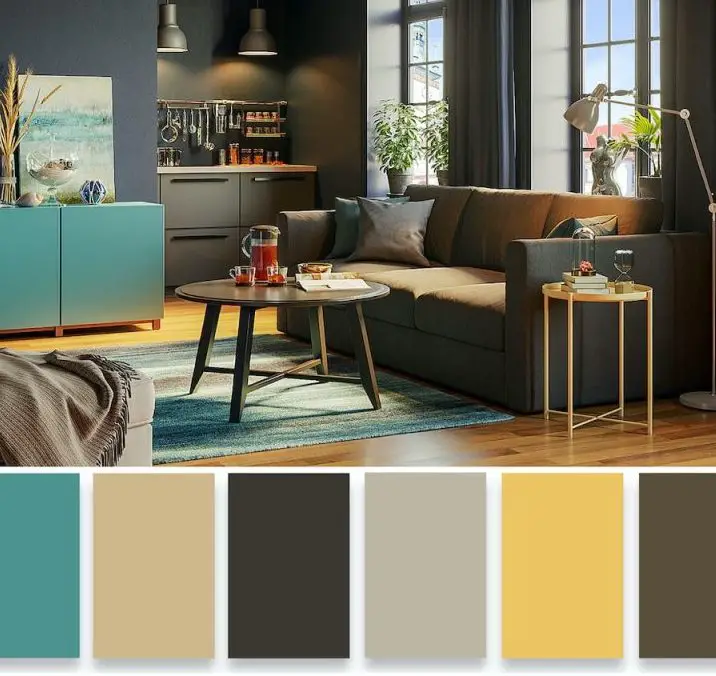
How do you make a golden rectangle?
A golden rectangle can be constructed with only a straightedge and compass in four simple steps:
- Draw a simple square.
- Draw a line from the midpoint of one side of the square to an opposite corner.
- Use that line as the radius to draw an arc that defines the height of the rectangle.
- Complete the golden rectangle.
Why is 1.618 so important
Why is 1.618 so important?
The Golden Ratio, often represented by the symbol φ (phi), is renowned as “The Most Beautiful Number in the Universe.” This extraordinary number holds a special significance due to its pervasive presence in various aspects of our world, ranging from geometric patterns to the human body.
Throughout history, the Golden Ratio has captivated artists and thinkers alike, leading to its alternative names such as “The Divine Proportion” or “The Golden Ratio.” Renaissance artists, in particular, recognized its aesthetic appeal and incorporated it into their masterpieces as a means of achieving visual harmony and balance.
The allure of the Golden Ratio stems from its ability to create a sense of proportion and beauty that resonates with our innate sense of aesthetics. Its prevalence in nature, art, and architecture suggests a fundamental harmony that transcends cultural and temporal boundaries.
From the spiral arrangement of sunflower seeds to the dimensions of famous architectural structures like the Parthenon, the Golden Ratio manifests itself as a guiding principle in the natural world and human creations.
Its presence in the proportions of the human body, such as the ratio of the length of the forearm to the hand, further reinforces its connection to our physical existence.
The widespread recognition and reverence for the Golden Ratio reflect its profound impact on our perception of beauty and harmony. By acknowledging and embracing this mathematical principle, we can gain a deeper understanding of the interconnectedness and elegance inherent in the world around us.
Conclusion
In conclusion, the golden ratio and the Fibonacci sequence are intriguing mathematical concepts that have captivated the interest of scholars, artists, and enthusiasts alike.
The golden ratio, approximately equal to 1.618, is derived from the ratio of any two successive numbers in the Fibonacci sequence. This sequence, formed by adding the two preceding numbers together, creates a pattern that appears in various aspects of nature, art, and architecture.
The Fibonacci sequence and the golden ratio demonstrate the beauty of mathematical patterns and their prevalence in the natural world. Their study offers insights into the interconnectedness of mathematics, aesthetics, and the physical universe. By understanding these concepts, we can appreciate the harmonious proportions and balance found in nature’s design.
Furthermore, the simplicity of the Fibonacci sequence makes it accessible for learning and exploration, allowing individuals to appreciate the elegance of mathematical patterns and their applications in different fields.
Whether it is in art, architecture, or even yoga, the Fibonacci sequence and the golden ratio continue to inspire creativity and provide a deeper understanding of the underlying mathematical principles that govern our world.
In summary, the study of the Fibonacci sequence and the golden ratio opens a window into the fascinating realm of mathematics, revealing the hidden patterns and inherent beauty that permeate our universe.

I joined Appartenville in February 2021 as a content editor. After studying English literature at university, I worked as an e-commerce website editor, content author, and purchasing intern for several independent luxury and lifestyle retail companies. My role at Appartenville combines my love, experience, and passion for the world of design and the desire to create inspiring written content. As for my personal style, I am a big fan of color and drawing, especially I like the pastel color scheme. I also enjoy discovering new trends, brands, and products, whether it’s fashion, interior design, or lifestyle my wish list for buying new things is endless.
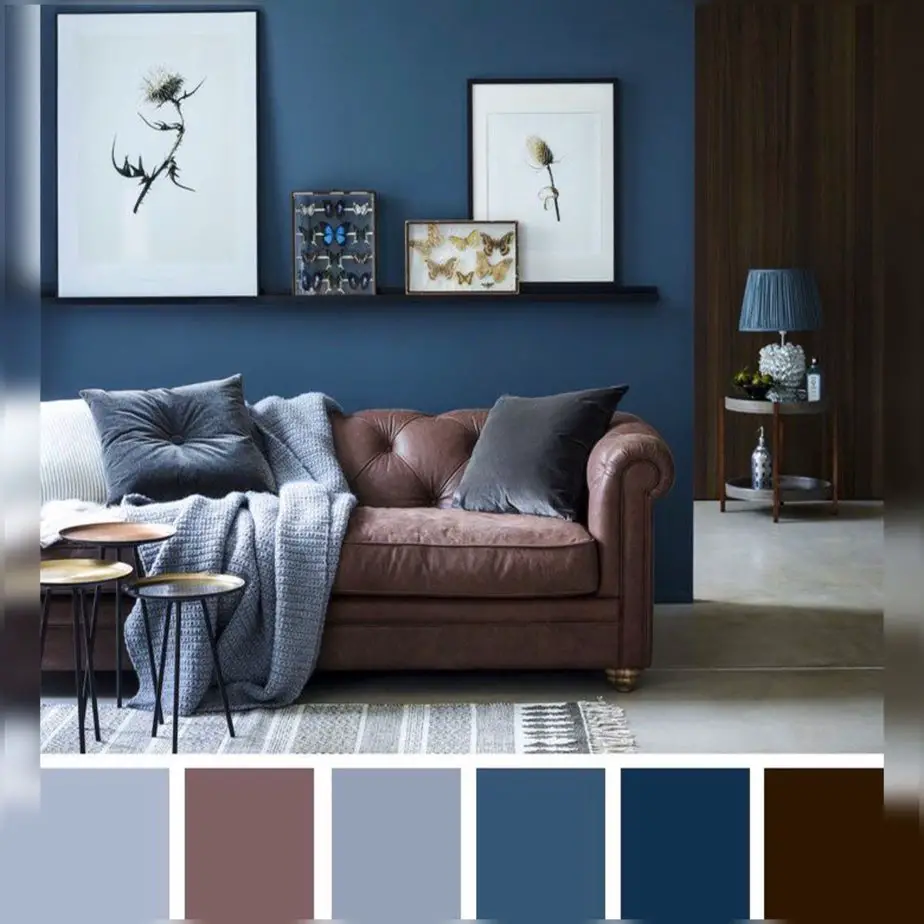
Leave a Reply